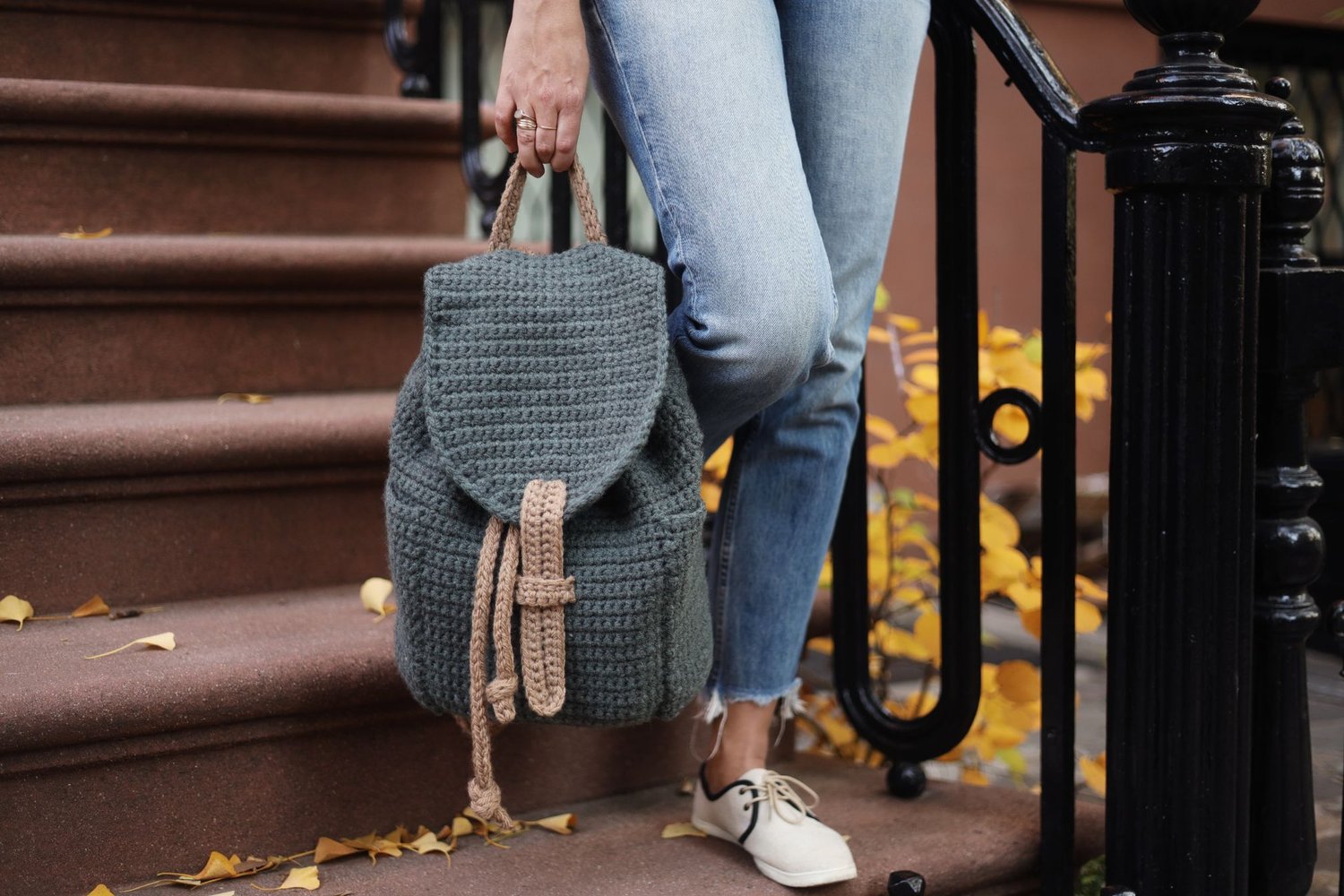The idea of incorporating recycled materials into fashion signifies a notable transition towards sustainability and environmental consciousness within the industry. Given the increased recognition of the environmental consequences associated with fashion, including the excessive waste and pollution, designers and businesses are progressively embracing the use of recycled materials as a means to address these concerns. Not only does this method help cut down on waste, but it also encourages the adoption of a circular economy in the fashion industry.

Check out these awesome examples of recycled materials!
Oh, you’ll be delighted to know that the world of fashion is embracing a wide range of waste materials, ingeniously transforming them into stylish and environmentally conscious alternatives to conventional fabrics. We’re taking recycled plastics, like PET bottles, and transforming them into polyester fibres that are perfect for apparel and accessories. By opting for this approach, not only do we contribute to the reduction of plastic trash, but we also make a smart choice that conserves energy and resources, as opposed to the production of brand-new polyester.
Ah, textile waste, a treasure trove of recyclable material! We’re taking old garments, fabric scraps, and unsold inventory and giving them a new lease on life as fresh fabrics. This not only cuts down on the demand for new materials, but also helps to keep textile waste out of landfills. Win-win!
Guess what? Food waste is making its mark in the world of fashion too! Our brilliant innovations involve harnessing the potential of fruit skins, such as pineapple leaves and apple peels, to craft materials that closely resemble leather. Not only are these alternatives sustainable, but they also bring fresh textures and aesthetics for fashion designers.
Positive Impact on the Environment
Utilising recycled materials in the realm of fashion brings about noteworthy ecological advantages. By lowering the dependence on new resources, it helps to conserve energy and decrease the release of greenhouse gases. By recycling, we not only minimise the quantity of waste that ends up in landfills, but we also reduce pollution caused by typical textile production techniques. It’s a win-win situation for the environment!
Through the adoption of recycled materials, the fashion industry has the power to greatly reduce its environmental impact and play a vital role in building a more sustainable future.
Exciting Obstacles and Creative Breakthroughs
Ah, the world of fashion and its foray into recycled materials! It’s definitely a promising endeavour, but like any great adventure, there are hurdles to be faced and conquered. The world of recycled fabrics is rather diverse, with variations in quality and durability. Additionally, there can be certain technological hurdles when it comes to processing specific sorts of garbage. Moreover, it is of utmost importance to guarantee the traceability and purity of recycled materials in order to uphold the highest standards of quality and safety.
Oh, we’ve got quite a few exciting advancements in the works! Thanks to advanced recycling methods, the quality of recovered fibres is now on level with that of virgin materials. We’re excited to share that we’re using some fresh approaches to sort and process garbage. Our goal is to boost efficiency and minimise contamination. Stay tuned for some impressive results!
Conclusion
The fashion business has a lot to gain from the immense potential of recycled materials, which may truly revolutionise the way things are done and contribute to a more sustainable future. Through the transformation of waste into fashion, the industry can embrace a more circular approach, wherein resources are cleverly used and reused. This not only diminishes environmental impact but also establishes a fresh benchmark for conscientious fashion. The recycling problems offer a golden chance for innovation and advancement, leading the path towards a future where fashion is not just trendy but also environmentally conscious.
